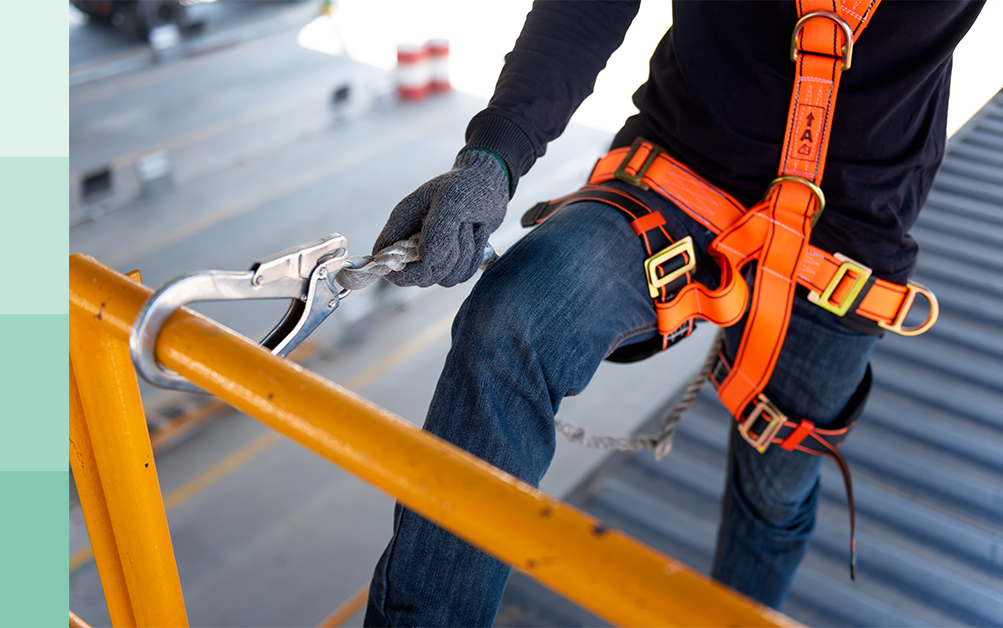In the working year of 2016 to 2017, the main industry that saw the most fatal injuries to workers was construction. What are the dangers of construction? From checking any construction site across the UK, it is evident that there are many dangerous elements that could put the workers at risk.
For example:
- Scaffolding
- Active machinery
- Slips and falls
- Airborne fibres and materials
- Asbestos
- Electricity
These are just a few of the issues that need to be brought to the attention of both site managers and workers. According to research submitted by the Health and Safety Executive (HSE), throughout the working year of 2015 to 2016, over a quarter of the fatal accidents were due to falling from a height.
Working at a height has been measured as the most common cause of fatal injuries to workers, and every employee should be specially trained on how to work on scaffolding and roofs.
To further prevent any risk of falling and lowering the risk of dangers of construction, the following precautions should be taken into consideration:
- Minimise height-working wherever possible.
- Use double guard rails and extra carabiners and harnesses.
- Lower the risk of fatality in the case of a fall with a safety net around the structure.
Along with height risks, active machinery also causes many accidents on busy sites. Helmets are always necessary, and vigilance is highly important. Workers should stay away from any active machinery unless they have permission to manoeuvre it. Wearing Personal Protective Equipment (PPE) can also reduce the risk of accidents, as you are more visible to those around you and are less likely to be struck by a machine.
Construction sites aren’t exactly similar to a flat, comfortable office space – the terrain is uneven, and the leaks and poor weather conditions cause disruption for the workers. It’s recommended to treat any slippery patches with either stone or grit, depending on whether the surface is muddy or icy. As well as this, it is necessary to keep the workspace clean and tidy after you’ve completed a task, as wires and cables can cause people to trip and injure themselves.
Due to the work taking place on-site, construction workers are at a high risk of the hazardous fibres that emit from certain materials. This can be a tiny, invisible, and toxic mixture of harsh dusts that are not suitable to inhale and can cause long-lasting health issues.
The most common type of hazardous dust found in the construction industry, is asbestos. Asbestos is a combination of six naturally occurring fibrous minerals. Although, when the fibres are disrupted, toxic particles are released into the air, and can cause serious illnesses such as lung cancer, asbestosis and pleural thickening.
The HSE has confirmed that 1,000 electrical accidents at work are reported each year, causing people to suffer from shocks and sometimes even fall from a height. Training should be given to every employee who is exposed to such danger, such as understanding the risk of live electric currents and conducting materials.
Eliminating the dangers of construction sites can take minimal effort and has the ability to save lives. If you’re a site manager or a construction worker, share this article to keep yourself and others safe on-site.
Compariqo can source a range of insurance products to cover you and your employees from the dangers of on-site accidents. Get an instant LDI quote here.

